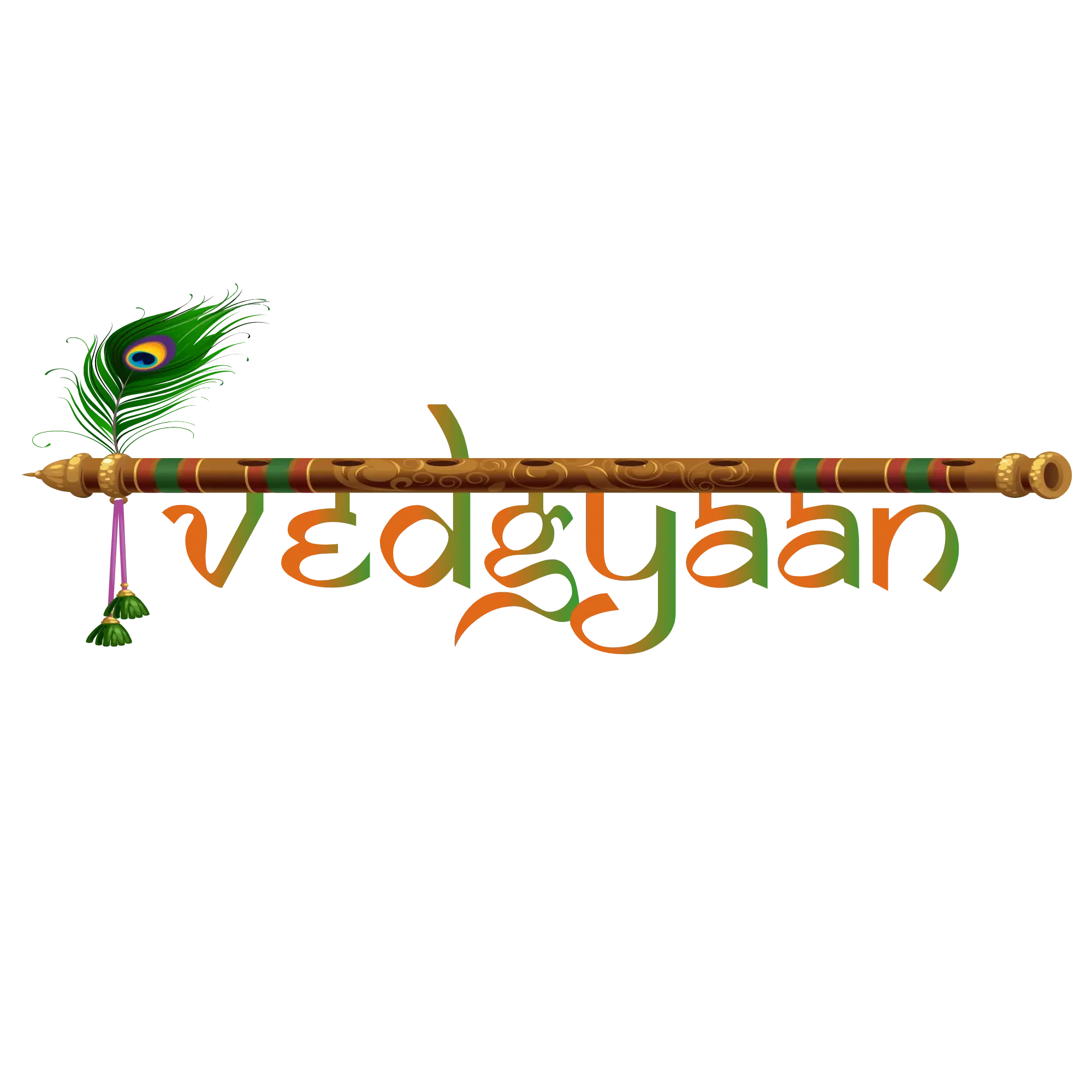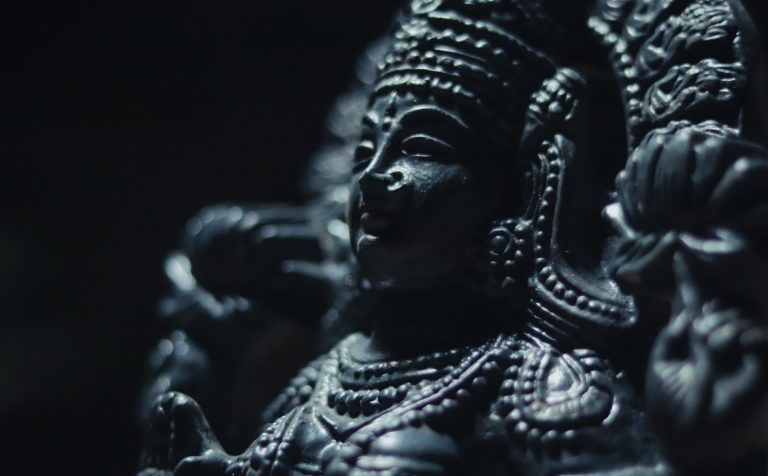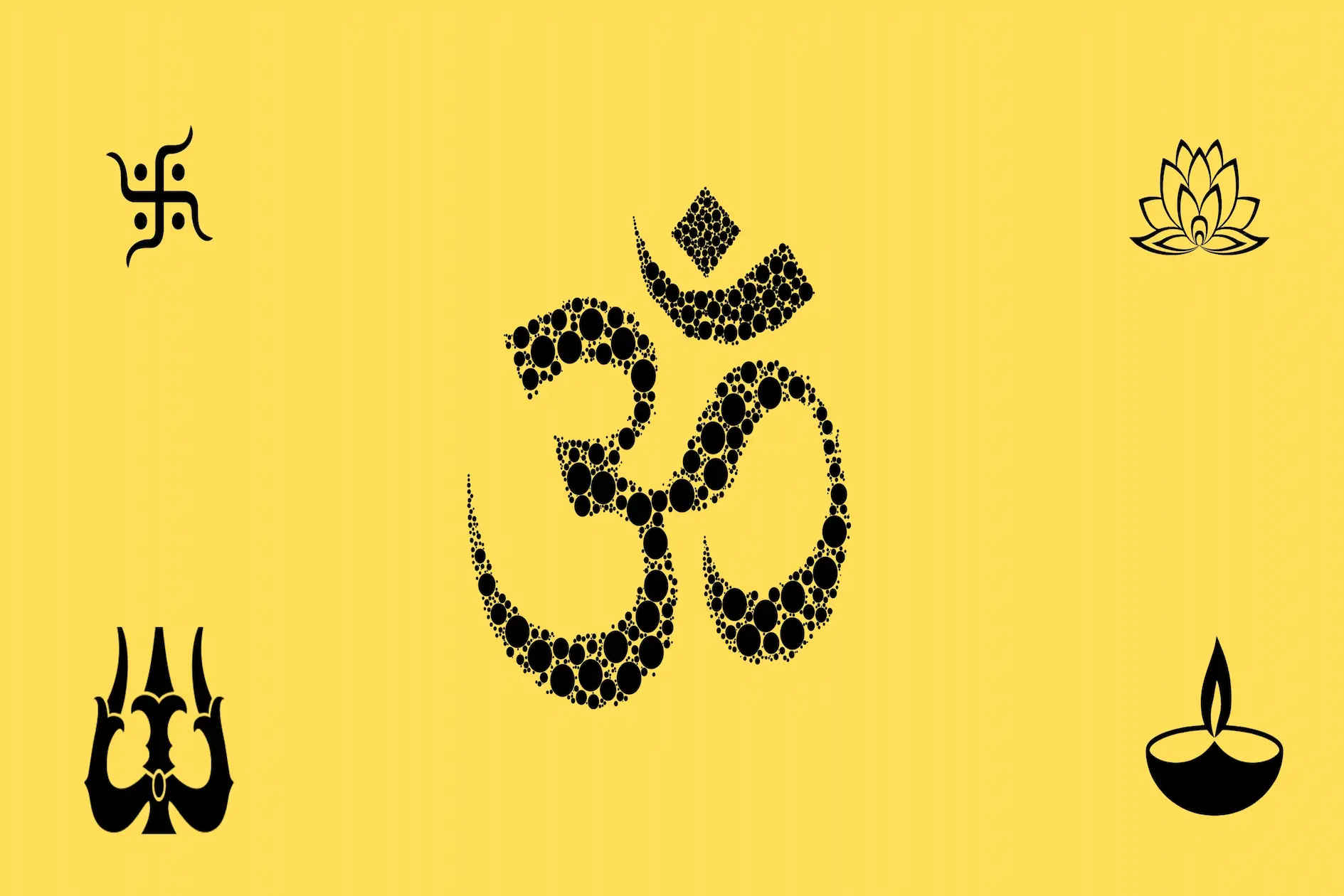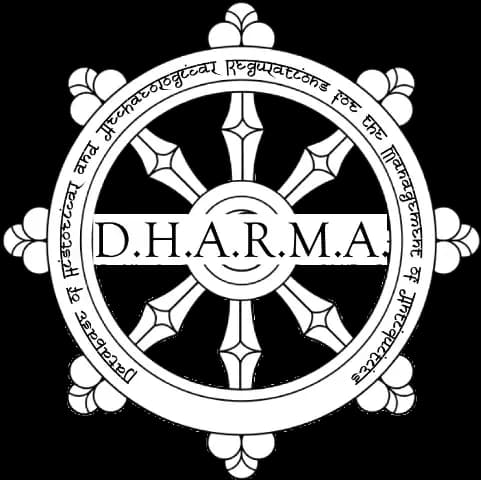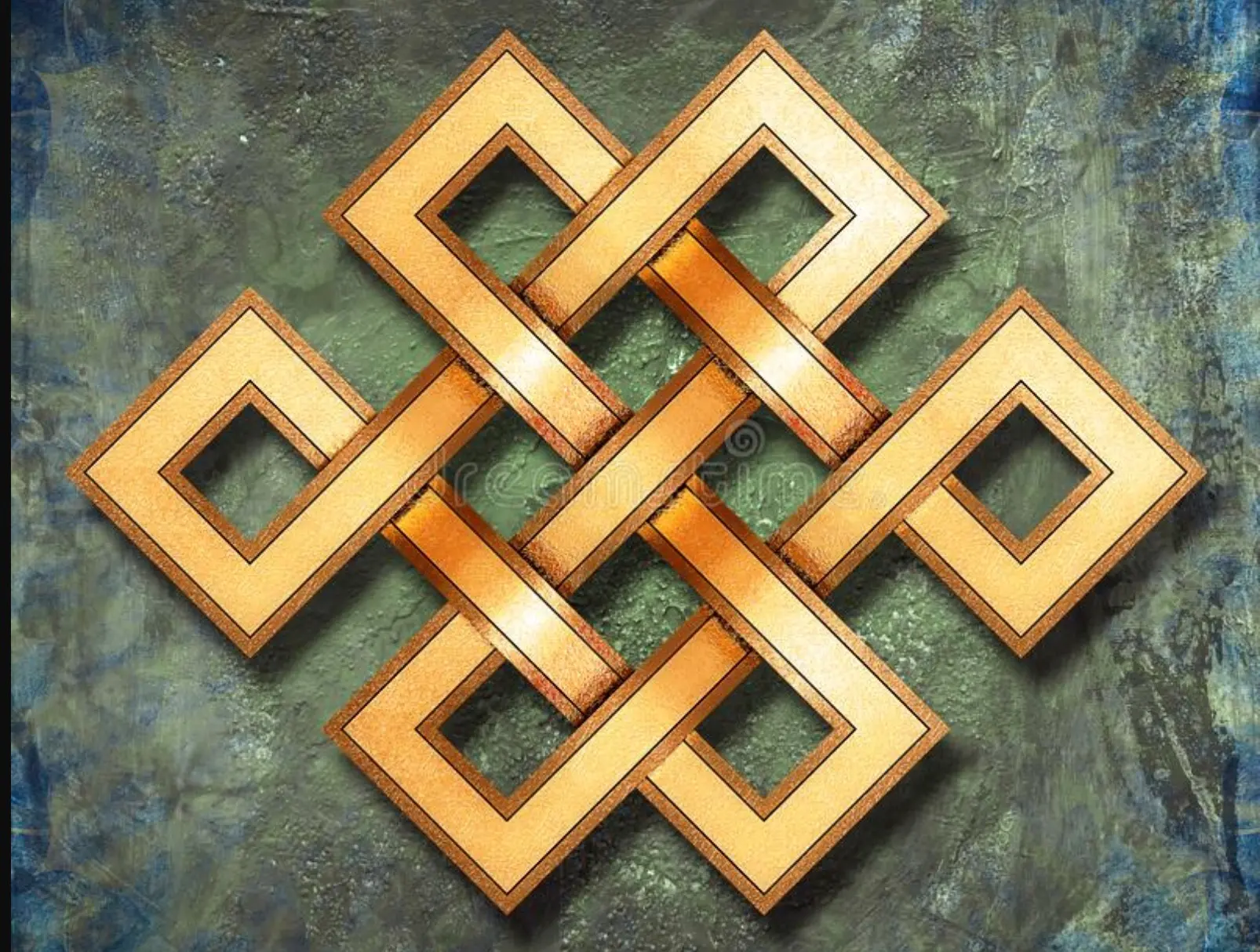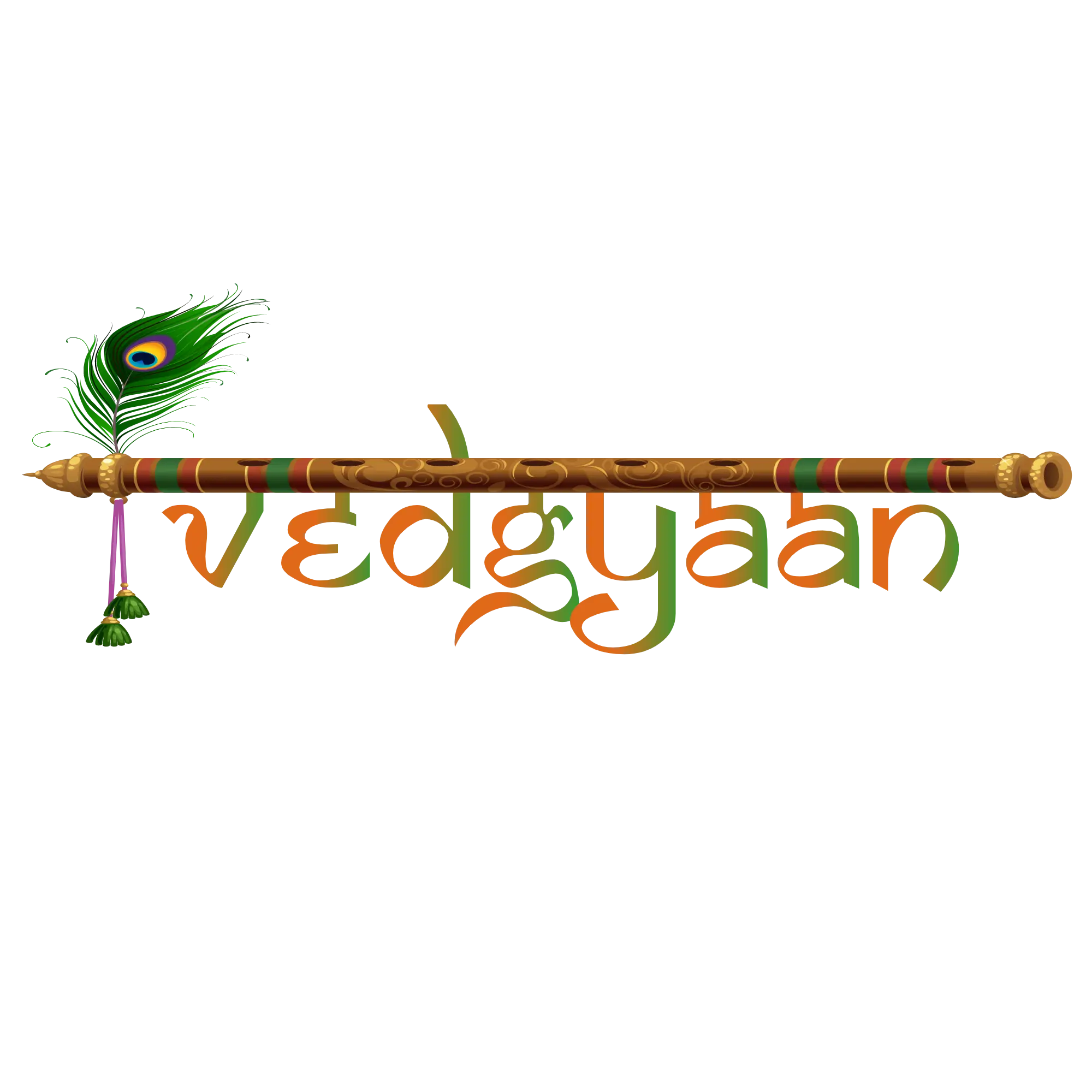Hinduism, the oldest religion in the world, boasts a rich cultural heritage with a deep appreciation for art, music, and dance. It is a diverse collection of philosophical beliefs that shape the understanding of the universe, featuring a multitude of divine principles and deities that are artfully represented in its rich history and culture. With a broad spectrum of beliefs and practices, Hinduism continues to captivate and inspire people worldwide.

For centuries, Hindu art has portrayed the extensive range of beliefs embraced by devotees all over the world, through paintings, temple architecture, music, and dance. A significant portion of Hindu art is dedicated to venerating various deities, the most popular of which include Lord Shiva (the God of Destruction), Lord Vishnu (the Lord of Preservation) and his avatars, Lord Ganesha (the Elephant God and destroyer of obstacles), and various forms of Shakti, the divine feminine.
Each work of art, be it a painting or sculpture, masterfully depicts the deities with their weapons and sources of power, overflowing with symbolism and intricate details. Additionally, Hindu art forms are often accompanied by sacred symbols, such as the “Om” symbol (an invocation of the divine), Bindi (Little Red Dot), and the Swastika. These symbols imbue the art with a spiritual significance and serve to connect the devotee with the divine.
3rd-2nd Century BCE
The earliest expressions of Hindu art are believed to have taken the form of depictions of Indian gods and goddesses on clay or wooden surfaces. However, these materials proved to be impermanent, and the art was lost to the ravages of time.

It wasn’t until the period between 180-190 BCE that Indian deities began to reemerge in the form of coins minted by the Mauryan Empire. One of the most popular images was that of Balarama, the elder brother of Lord Krishna, and an avatar of Lord Vishnu depicted holding a plow in one hand and a conch in the other.
On the coins of Indo-Greek king Agathocles, images of dancing girls are frequently seen. It is widely believed that these depictions are representations of Goddess Lakshmi, the deity of prosperity and success. This period marked a significant revival in Hindu art, as new forms and techniques emerged, ensuring its longevity and perpetuation.
1st Century BCE
The first century BCE saw the rise of the “Art of Mathura”, the ancient school of Hindu Art that produced a vast array of sculptures depicting various scenes of religious and philosophical significance.

The art of Mathura saw the “Katra Architrave”, a popular depiction of Brahmins and the devotees of the Shiva Linga.
2nd-3rd century CE
After the 2nd century CE, Hindu art began to flourish and take shape – boasting some of the most impressive pieces of art today. Hindu Art was inspired by the ancient Buddhist art of Mathura, the very first depictions of the Hindu Triumvirate – Shiva, Brahma, and Vishnu.

With the emergence of Hindu art, a stunning fusion of Hindu symbolism and Buddhist influence came to life. Among the popular depictions that emerged were those of the avatars of Lord Vishnu, with the “Chatur Vyuha Statue” standing out as a notable example. This statue showcases the four manifestations of Vishnu, depicted as adorned with dazzling jewelry and sporting a magnificent crown or headdress. These works of art not only showcased the skill of the artists but also embodied the rich beliefs and traditions of Hinduism, capturing the imagination of devotees and art enthusiasts alike.
4th-6th Century CE
During the Gupta era, Hindu art underwent a period of evolution, characterized by a proliferation of depictions of Lord Vishnu, Lord Shiva, and Goddess Lakshmi. This period saw significant advancements in the art form, with notable examples such as the engraved pillar erected in Mathura during the rule of Chandragupta II in 380 CE. This pillar features two Shiva Lingas, showcasing the skill and devotion of the artists and reflecting the central role that Lord Shiva played in Hindu beliefs and practices at the time. These masterpieces not only preserve the rich cultural heritage of Hinduism but also inspire new generations to appreciate and continue this timeless art form.

Under the Gupta rule, Lord Vishnu emerged as a highly revered deity, gaining widespread popularity among the people. This popularity is reflected in the proliferation of depictions of Vishnu in Hindu art, which began to evolve and diversify. A notable example is the “Vishnu Caturanana,” a statue of Vishnu with four arms that replaced previous depictions of other significant figures in Mathura.
The Vishnu Visvarupa was another significant statue that appeared in the 4th century CE, showcasing Vishnu in his form as the ruler of the universe, with three heads and accompanied by his avatars Varaha (the boar) and Narasimha (the lion). This statue captures the power and magnificence of Vishnu, surrounded by a multitude of living creatures, symbolizing his role as the creator.
Between the 3rd and 4th centuries CE, Goddess Lakshmi rose in prominence as the divine consort of Vishnu, and her influence can be seen in the increasing integration of Lakshmi with Lord Vishnu in Hindu art. This reflects the growing importance of Lakshmi in Hindu beliefs and practices and solidifies her place as the eternal wife of Vishnu.
8th-16th Century (Medieval Period)
During the Medieval Period in the Indian subcontinent, Hinduism experienced a resurgence as Buddhism declined. This was accompanied by a flourishing of Hindu art, music, dance, and iconography.
The era saw the creation of notable sculptures, including depictions of Lord Balarama, the warrior goddess Durga, the fire god Agni Deva, the ten-armed Ganesha, the sun god Surya, and a variety of other deities. These sculptures can be found on doors, walls, caves, and other architectural features, adding to the rich cultural heritage of Hinduism.
Modern Period
The Modern Period in the Indian subcontinent was characterized by a trend towards increasingly intricate and sophisticated depictions of religious and historical events. This era also saw a rise in the popularity of bronze sculptures, which became a staple of Hindu art and cultural heritage. As artists became more skilled and experimental, they created works of art that not only depicted religious stories but also captured the essence of Hindu philosophy and spirituality. The result was a rich body of work that continues to inspire and captivate audiences to this day.

Some popular artwork from the Modern period includes the Bronze statue of Lord Krishna slaying the Kaliyanaga Demon, a Stupa (An architectural firm), A seated Shiva, and Kartikeya (Hindu God of war).
Influence of Hindu Art on temples
Hindu Temples are renowned for their stunning artwork and rich symbolism, which are evident in the intricate carvings and engravings on their walls and ceilings, as well as in the overall architectural design. Each temple is dedicated to a specific deity and reflects this through its artwork and imagery. The intricate details and rich symbolism serve to enhance the spiritual experience for devotees, creating a sense of reverence and awe as they enter the sacred space. The result is a beautiful and harmonious union of art and religion that has endured for centuries.
The carvings in Hindu Temples also depict the four aspects of life – Artha (Prosperity), Kama (Pleasure, love), Dharma (righteousness, duty), and Moksha (Liberation).
1. Khajuraho, Madhya Pradesh
The Khajuraho Temple Complex in Madhya Pradesh is a prime example of exquisite Hindu art and architecture. The temple is renowned for its intricate artwork and sculptures depicting male and female deities in harmonious balance. The group of temples in Khajuraho offers a fascinating glimpse into Hindu culture, history, and spirituality, making it a popular destination for both tourists and devotees alike.

The outer walls of the Khajuraho temples are adorned with intricate carvings that depict the four facets of life – Prosperity, love, duty, and Liberation – making it a popular destination for tourists. These stunning works of art showcase the talent and skill of the artists who created them and offer visitors a glimpse into the rich cultural heritage of the region.
2. Sun Temple, Konark
The Konark Sun Temple, located in the eastern state of Odisha, is a remarkable piece of architectural brilliance and a popular tourist destination in India. Dedicated to Surya, the Sun God, it was built in the 13th century and showcases the brilliant craftsmanship of its architects and sculptors.

The temple is designed in the shape of a magnificent chariot, complete with intricately carved wheels, walls, and pillars. The intricate details of the engravings are truly breathtaking and highlight the artistry of the artists who created this magnificent structure.
Additionally, the temple is also famous for its “Maithunas” sculptures, which are symbolic of the Hindu concept of Kama and depict scenes of intimacy and sensuality. These sculptures are considered some of the most iconic works of Indian art and are a testament to the temple’s cultural significance.
3. Kailasa, Ellora
The Kailasa Temple, located within the Ellora Caves, is a magnificent shrine dedicated to Lord Shiva. It is renowned for its architectural prowess, as it is designed to resemble Mount Kailash, the abode of Lord Shiva.

The temple features intricate sculptures, including Ravana’s attempts to lift Mount Kailash, as well as depictions of Lord Shiva and Lord Vishnu. The breathtaking artwork and stunning design of the temple make it a must-see attraction for any visitor to the Ellora Caves.
Dance and Music
Over time, Hindu Art evolved from sculptures and statues to a diverse range of cultural traditions and art forms, including dance and music. Dance, in particular, became a form of spiritual expression and a means of storytelling through fluid movements and music. Some of the most popular dance forms are:
- Bharatanatyam
This is the oldest dance form with roots in South India and has been performed in temples for centuries. It symbolizes Vaishnavism, Shaktism, and Shaivism.
- Kuchipudi
Originating from Andhra Pradesh, Kuchipudi is a significant religious art form linked to temples and religious beliefs and symbolizes Lord Krishna and Vaishnavism.
- Manipuri
Originating from the state of Manipur, Manipuri is a popular dance form that is symbolic of Vaishnavism, imbued with spiritual and symbolic elements.
- Mohiniyattam
A dance form from Kerala, Mohiniyattam is associated with the deity Mohini, a manifestation of Lord Vishnu.
- Odissi
Originating from the Hindu temples of Orissa, Odissi depicts stories with significance in Vaishnavism. It is also interwoven with Shaktism and predominantly performed by women.
Conclusion:
Hindu Art is a rich and diverse cultural tradition that has evolved over thousands of years. From the sculptures of ancient times to the dance forms of today, Hindu art has continued to captivate and inspire. Its intricate carvings, sculptures, paintings, music, and dance forms all serve as a visual representation of Hindu beliefs and mythology. Whether it’s the Khajuraho temples, Konark Sun Temple, or the Kailasa Temple, Hindu Art has a rich and diverse history, making it one of the most significant cultural traditions in the world. The religious and spiritual significance of Hindu Art is what makes it so powerful and enduring, and it will continue to be an integral part of Hindu culture for generations to come.
